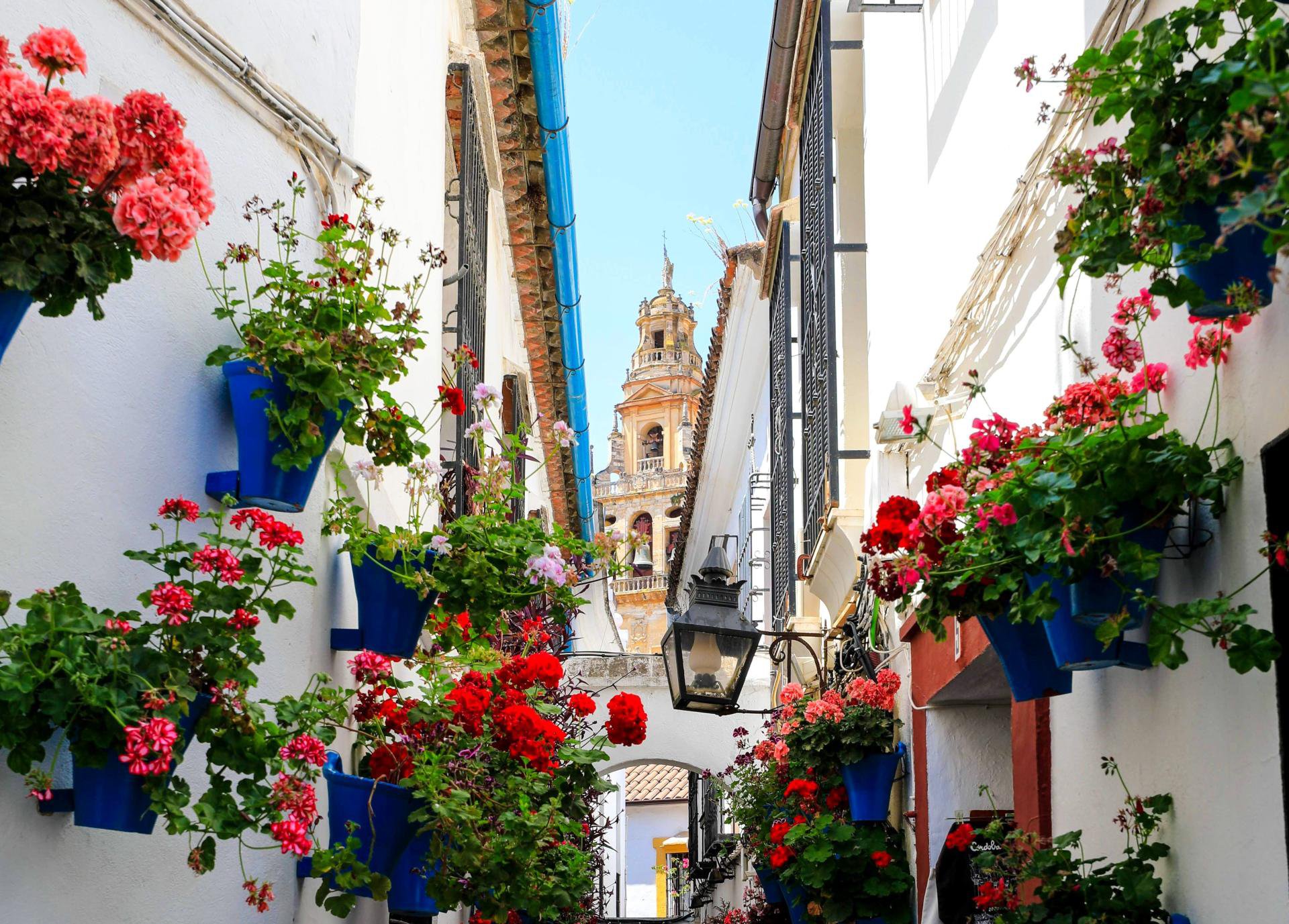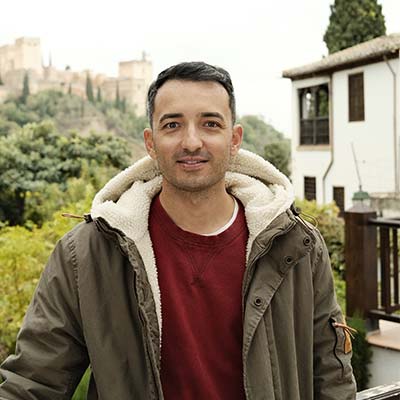When most people think of Andalusia, they picture flamenco dancers, Moorish palaces, and sunshine—and while that’s all true, there’s so much more waiting to be discovered just off the tourist trail. This Andalusia travel guide was created by locals who know the region inside out: the lesser-known tapas bars, the quiet beaches, the best time to visit the Alhambra without the crowds. Instead of the typical recommendations found in every brochure, here you’ll find genuine tips, personal favorites, and cultural insights that only someone who lives here could share.
Table of Contents
Why Visit Andalusia?
Andalusia is one of Spain’s most diverse and culturally rich regions. From the peaks of the Sierra Nevada to the wide beaches of the Costa de la Luz, it offers a mix of landscapes, traditions, and local ways of life that change from one province to the next. Cities like Seville, Granada, Córdoba, and Málaga are known for their historic neighborhoods, seasonal festivals, and everyday life that still follows rhythms set generations ago.
What stands out most are the details of daily life—buying churros from the same corner stand every Sunday, catching a neighborhood procession in a small town during Holy Week, or spending a long lunch in a bar where the waiter knows everyone’s name. This Andalusia travel guide is shaped by that kind of knowledge: not by trends, but by routines and places that matter to the people who live here.
What can you Expect from a Trip to Andalusia?
Andalusia Travel Guide: In the end, you’ll discover a region full of contrasts. Each province has its own pace, flavors, and customs. As you travel across the region, you’ll notice how daily life changes from city to city.
Cádiz
Cádiz feels like an island. In fact, the Atlantic Ocean almost completely surrounds its narrow peninsula. This unique geography makes the city’s essence truly maritime. However, its people truly define the city’s soul. Locals have a legendary wit and salero, and they possess a joyful, extroverted, and carnival-like spirit. In our opinion, the people of Cádiz create a singular identity, making it the most distinctive city in all of Andalusia.
To complete the local experience, you must try the tortilla de camarones. This outstanding dish is a true must-try.
Seville
Seville, on the other hand, moves at a slower pace during the day and comes alive at night. Hence, neighborhoods like Triana are rich in daily rituals: breakfast at the bar, long evening walks, and late dinners with friends whenever possible. Of course, a visit to the Seville Cathedral and Royal Alcázar are always a must. For further information or to plan your visit, please contact us.
Córdoba
Córdoba offers quiet streets and patios, especially in spring. The Courtyards Festival of Córdoba is a courtyard competition celebrated there. In 1980 they were declared a Fiestas of National Tourist Interest of Spain, Markets and plazas are still central to local life. And naturally, a visit to Córdoba’s iconic Mosque-Cathedral is an absolute essential, a truly mandatory stop on any itinerary.
Granada
Granada has its own rhythm—Alhambra aside. Students fill the streets, and locals still expect a complimentary tapa with their drink. That tradition makes Granada truly unique—elsewhere in Spain, tapas are usually small dishes you pay for. Our bespoke tours can include the iconic Alhambra along with immersive exploration of Granada’s historic centre, including the Albaicín.
Inland and coast
Further inland, provinces like Jaén are defined by endless olive groves and a slower pace of life. Towns such as Úbeda and Baeza reflect deep-rooted traditions. Both cities were declared UNESCO World Heritage Sites in 2003, primarily due to their exceptional collection of Renaissance monuments.
Along the coast, life is shaped by the sun and the sea. In places like Nerja or Conil, afternoons stretch on, and sunsets feel almost surreal. In Conil, gastronomy invites you to try local specialties—be sure to ask for tortillitas de camarones (shrimp fritters)
Wherever you go, daily life matters. Markets, cafés, conversations in the street—these are part of what makes Andalusia what it is. Travel here isn’t just about monuments, it’s about how people live.
For more details about what you can visit in Andalusia, you can take a look at our Andalusia travel packages or contact us directly.
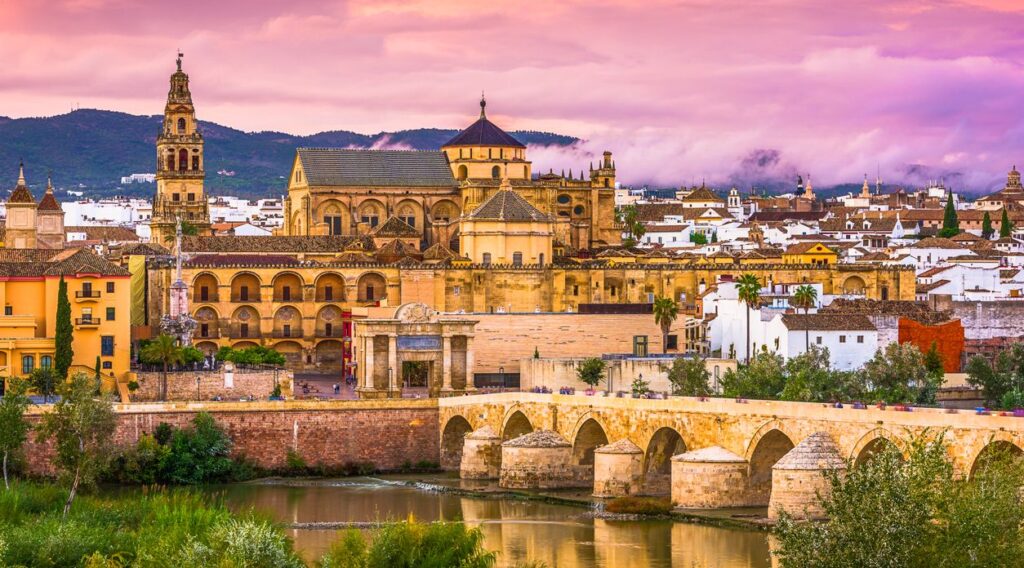
How to Get Here?
Andalusia is well connected with the rest of Spain and Europe, making it easily accessible by air, road, or rail.
By plane
Andalusia is served by several airports, with Málaga being the busiest and best connected. It receives many direct flights from European cities. Seville, Granada, and Jerez also have airports but with fewer international flights. If you arrive at one of these, you might need a bus or taxi to reach your final destination, which could add some time and cost.
By train
The high-speed AVE train connects Madrid with Seville and Córdoba. High-speed trains connect Madrid with Seville and Córdoba, with prices varying based on how early you book and the class you choose. While train travel remains the most sustainable and often the most convenient option, reliability has occasionally declined since Spain liberalised its high-speed rail market in December 2020. It’s still our preferred mode of transport—but if you’re depending on the train, we recommend keeping an eye on schedules and service updates, and always having a backup plan just in case.
By car
Renting a car offers flexibility, especially if you plan to visit rural areas or small villages. Roads in Andalusia are generally in good condition, and signs are easy to follow. Keep in mind some old city centers restrict vehicle access, so parking outside and exploring on foot is common.
By bus
Bus companies like ALSA cover many routes within Andalusia, including places without train stations. While buses can be slower than trains, they often reach more destinations.
When planning your trip, avoid peak travel times like holidays or festivals unless you book well in advance. Also, check transport connections from airports to your first stop, as some have better options than others.
Where to Stay: Andalusia Travel Guide
Choosing where to stay in Andalusia can shape how you experience the region. Instead of just picking the most popular tourist areas, it helps to consider neighborhoods and towns where locals live and spend their time. This way, you get a sense of everyday life, not just the usual sights.
In Seville, for example, the neighborhoods of Triana and Macarena are less crowded with tourists but full of local shops, markets, and bars. Staying there means mornings with fresh bread from the bakery and evenings walking streets where neighbors meet after work.
In Granada, areas near Plaza del Carmen offer an excellent location to truly experience local life. Here, you’ll find small cafés and local markets that continue to serve as community meeting points.
If you want a quieter pace, towns like Úbeda or Ronda provide accommodation options in historic buildings or guesthouses run by families who have lived there for generations. These places often share their knowledge and tips naturally, helping visitors discover parts of Andalusia that don’t appear in guidebooks.
Along the coast, avoid just the busiest beach resorts. Instead, look for small towns or neighborhoods where fishing and local life continue alongside tourism. Places like Conil de la Frontera have grown in popularity but still keep a community feel if you stay outside the main tourist streets. For a truly relaxing escape, we especially recommend Fuente del Gallo—an exceptional spot to slow down, soak up the sun, and enjoy some time off
Finally, consider what matters most to you—whether it’s easy access to public transport, quiet streets, or local markets nearby. Booking directly with local guesthouses or small hotels can also make a difference, as they tend to offer a more personal experience.
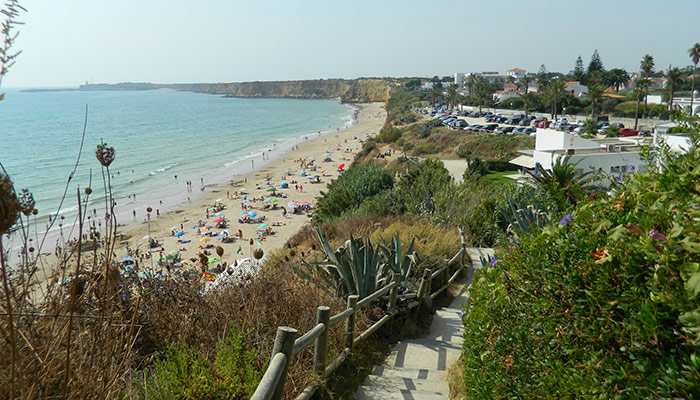
What to Eat and Drink with Our Andalusia Travel Guide
Instead of just pointing out the most famous dishes, it helps to understand how locals enjoy their meals and where they usually go.
In Seville, people often start their day with a small breakfast at a neighborhood bar. A typical choice might be tostada con tomate—toasted bread rubbed with fresh tomato and olive oil. For lunch or dinner, pescaíto frito (small fried fish) is a common option. Local bars and markets offer fresh, seasonal fish, and it’s best enjoyed with a glass of manzanilla, a dry sherry typical of the Cádiz area.
In Granada, rather than ordering a full meal, locals often hop between bars, tasting small plates like jamón ibérico, tortilla española, or berenjenas con miel (fried eggplants with honey). Neighborhoods like Realejo or Albaicín have bars where residents gather, away from the tourist crowds. We highly recommend ‘Mesón La Recacha’ in Granada’s Zaidín neighbourhood—they serve what we believe are the best croquetas in all of Spain. While you’re exploring the city, also make sure to visit Café Fútbol for what we consider the city’s finest churros con chocolate.
In Córdoba, salmorejo—a cold tomato soup thicker than gazpacho—is popular during warmer months. It’s refreshing and often topped with hard-boiled eggs and ham. One of the most popular restaurants in Córdoba is La Cuchara de San Lorenzo. Check out their official page here for more information about their dishes! In addition, you can visit other restaurants such as Casa Pepe de la Judería and Restaurante Damasco, highly recommended by visitors and locals.
In towns like Úbeda or Jaén, stews and cured meats are staples. Olive oil from the region is a key ingredient everywhere, prized for its quality.
When choosing where to eat, look for places filled mostly with locals rather than tourists. Markets, small tapas bars, and bakeries often give the best taste of real Andalusian food.
For food lovers, here’s a selection of restaurants to consider when visiting Andalusia.

Travel tips for visiting Andalusia
- Expect shops and cafés to open around 10 a.m., then close for several hours mid-afternoon – a period not just for lunch but also commonly for a traditional siesta. They generally reopen in the evening, with dinner service typically starting after 9 p.m.
- Be sure to book popular attractions, flamenco shows, and festival events in advance—many sell out weeks ahead. This is especially true for the Alhambra, where tickets frequently sell out months ahead. If you need assistance securing tickets, don’t hesitate to get in touch with us.
- Many businesses close on Sundays and during local festivals—check ahead if you’re heading to a small town.
- In summer, temperatures in inland areas can exceed 40°C. Plan activities early or late, and rest indoors during peak heat.
- Cash is useful in rural areas, markets, or small shops. Cards are widely accepted in cities, but not everywhere.
- A friendly “buenos días” or “gracias” in shops and cafés is common and appreciated.
How to Plan Your Trip With Us
Planning a trip through Andalusia can be exciting – but it also takes time. Choosing where to stay, how to move around, and when to visit certain places isn’t always straightforward, especially if you’re hoping to experience the region more like a local.
Our team is based in Andalusia and knows the area well, not just from maps or online reviews, but from living here. Whether you’re planning a full family holiday, a corporate event, or simply seeking expert advice on what to include (and what to skip), we’ll help you design a trip that perfectly fits your pace and interests. For more details, you can check out our Andalusia travel packages or B2B section.
We listen, ask the right questions, and suggest routes, stays, and activities based on what actually works—not just what looks good online. If you’re short on time, or simply want a plan that reflects real local knowledge, we’re happy to help.
Feel free to contact us here to start planning your trip to Andalusia!
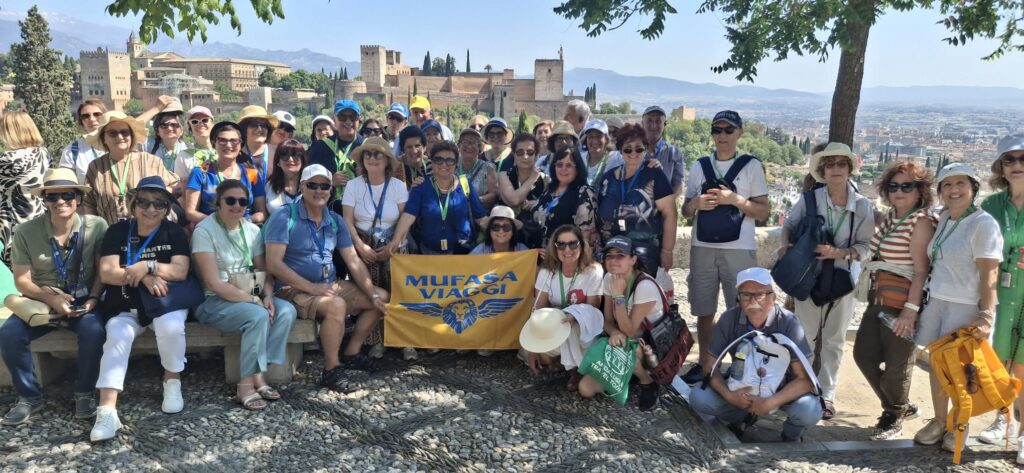
Wrapping Up Our Andalusia Travel Guide
This guide covered all the basics. We showed why you should visit. We detailed what to expect. You learned how to get there. We shared tips on where to stay and what to eat. We hope this helps you plan. If you need more help, just ask. We are here to assist you.

